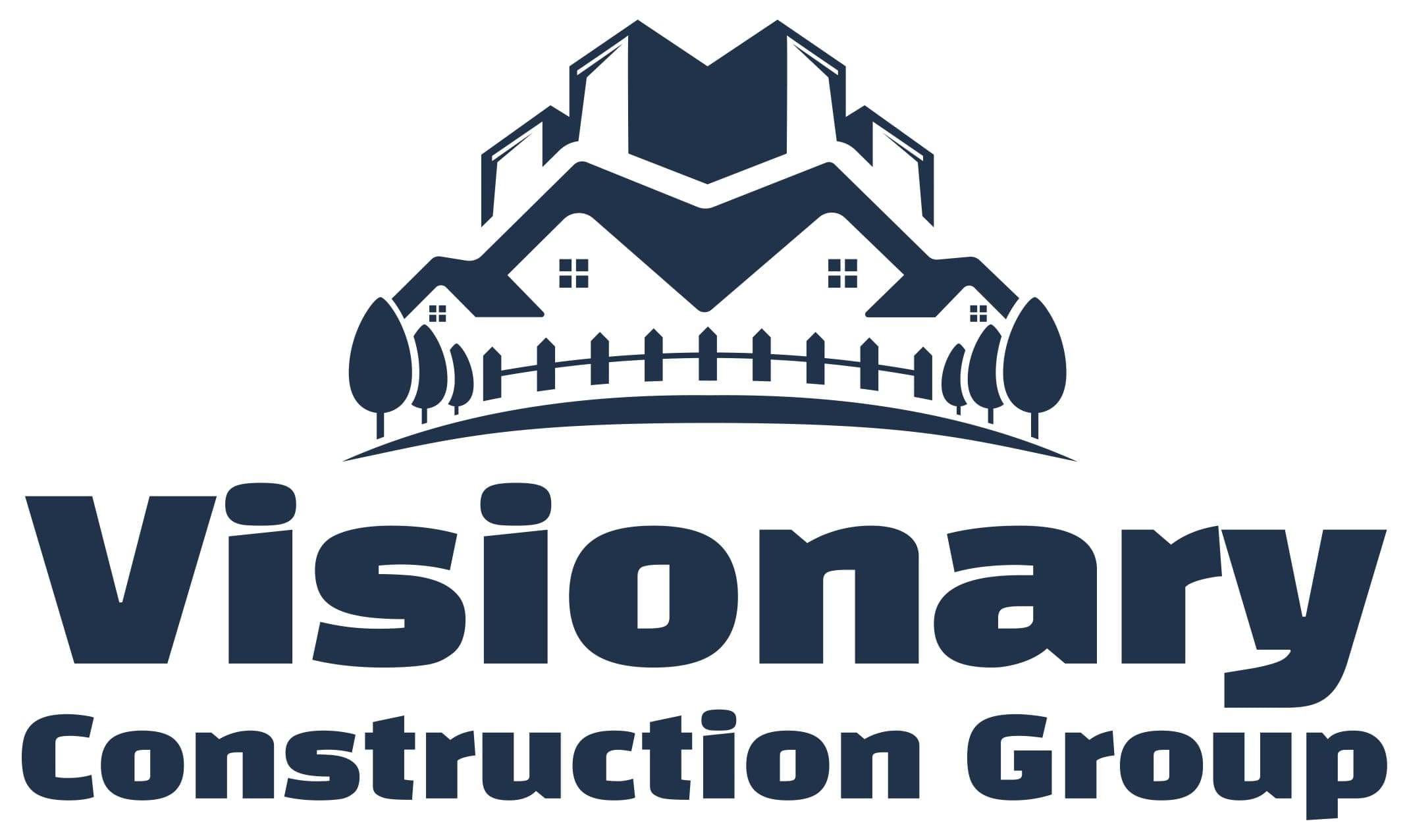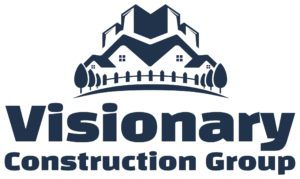Office design is more than just arranging desks and chairs; it’s about creating an environment that inspires creativity, fosters collaboration, and enhances productivity. As the way we work continues to evolve, so does the design of our spaces. In this article, we’ll explore the future of office design, examining the trends and innovations shaping modern workspaces and how they inspire the next generation of employees.
The Evolution of Office Design
The journey of office design has been fascinating, with each era bringing new ideas and philosophies that reflect the changing nature of work.
From Cubicles to Open Plans: A Brief History
The traditional office layout was once dominated by cubicles, a concept popularized in the 1960s that prioritized individual workspaces over collaboration. However, the last few decades have significantly shifted toward open-plan offices encouraging teamwork and communication. While open plans have their benefits, they also present challenges, such as noise and distractions, which have led to the development of new hybrid models.
The Impact of Remote Work on Office Spaces
The rise of remote work, accelerated by the COVID-19 pandemic, has fundamentally changed how we think about office space. With more employees working from home, the traditional office is no longer the sole place of work. This shift has prompted companies to rethink their office designs, focusing on creating spaces that are more flexible, accommodating, and aligned with the needs of a hybrid workforce.
Trends Shaping the Future of Office Design
As we look to the future, several key trends are emerging that will shape the next generation of office spaces.
Flexibility as a Core Principle
Flexibility has become a cornerstone of modern office design. Spaces must be reconfigured quickly to accommodate different tasks and work styles. This might involve movable walls, modular furniture, and multi-use areas that can be adapted to suit various needs, from team meetings to quiet individual work.
The Rise of Hybrid Workspaces
Hybrid workspaces, which blend in-office and remote work, are becoming increasingly popular. These spaces are designed to support collaborative work and independent tasks, often featuring open areas, private rooms, and technology-enabled meeting spaces that facilitate seamless communication between in-office and remote employees.
Sustainable and Eco-Friendly Design
Sustainability is no longer just a buzzword; it’s a vital component of office design. Companies increasingly adopt eco-friendly materials, energy-efficient systems, and sustainable practices to reduce environmental impact. This shift helps the planet and creates healthier, more pleasant work environments that can boost employee well-being.
The Role of Technology in Modern Office Spaces
Technology plays a critical role in the evolution of office design, enabling new ways of working and enhancing the functionality of workspaces.
Intelligent Offices: Integrating Technology with Design
Smart offices are equipped with technology that enhances efficiency and productivity. This might include IoT devices that monitor and adjust lighting, temperature, and air quality in real time or AI-powered systems that optimize space utilization and manage meeting room bookings. These innovations make the office more responsive to its users’ needs, creating a more comfortable and productive environment.
The Impact of Artificial Intelligence on Office Design
Artificial intelligence is also making its mark on office design, particularly in data-driven decision-making. AI can analyze how spaces are used and provide insights that inform design decisions, such as where to place collaborative zones or how to configure desks for optimal productivity. This data-driven approach ensures that office designs are aesthetically pleasing and highly functional.
Enhancing Collaboration Through Tech-Enabled Spaces
Technology is also transforming how we collaborate. Video conferencing tools, interactive whiteboards, and virtual reality spaces make it easier for teams to work together in the same room or across the globe. These tools are essential in the modern office, where collaboration is critical to innovation and success.
Designing for Employee Well-being
A well-designed office isn’t just about aesthetics; it’s also about promoting the health and well-being of employees. As companies recognize the link between well-being and productivity, they incorporate more wellness-focused elements into their office designs.
Incorporating Natural Elements
Biophilic design, which integrates natural elements like plants, natural light, and organic materials into the workspace, has reduced stress and improved employee well-being. Incorporating greenery, natural wood finishes, and water features can create a calming, refreshing environment that enhances mental and physical health.
Ergonomic Design: Prioritizing Comfort
Ergonomics is another crucial aspect of employee well-being. Providing ergonomic furniture, such as adjustable chairs and sit-stand desks, helps prevent discomfort and injury, allowing employees to work more comfortably and efficiently. Ergonomic design isn’t just about furniture; it’s about creating a workspace that supports the body’s natural movements and reduces strain.
Creating Quiet Zones and Focus Spaces
In an era of open-plan offices, providing spaces where employees can focus without distractions is essential. Quiet zones and focus spaces, equipped with soundproofing and comfortable seating, allow employees to concentrate on tasks that require deep thought and minimize interruptions in a more open environment.
The Importance of Aesthetics in Office Design
While functionality is critical, aesthetics create a workspace that inspires and motivates employees.
Using Color to Influence Mood and Productivity
Color is a powerful tool in office design. Different colors can evoke different moods and impact productivity in various ways. For example, blue is often associated with calm and focus, making it ideal for areas requiring concentration. At the same time, yellow can stimulate creativity and energy, making it an excellent choice for collaborative spaces.
The Role of Art and Decor in Inspiring Creativity
Art and decor aren’t just finishing touches but are integral to creating an inspiring work environment. Thoughtfully chosen art can spark creativity, while decor elements like unique lighting fixtures or statement furniture pieces can add personality and vibrancy to the space.
Balancing Functionality and Style
The best office designs strike a balance between functionality and style. A workspace should be efficient and practical, but it should also be where employees enjoy spending time. This balance can be achieved by carefully selecting furniture, materials, and finishes that are both beautiful and durable.
Case Studies: Innovative Office Designs
Let’s examine some real-world examples of companies pioneering office design innovation.
Tech Giants Leading the Way in Office Innovation
Companies like Google and Apple are renowned for their innovative office designs, which blend cutting-edge technology with thoughtful design elements to create spaces that foster creativity and collaboration. These tech giants have set new standards for what an office can be, showing that a workspace can be functional and inspiring.
Small Businesses Embracing Creative Workspaces
It’s not just large corporations that are innovating in office design. Small businesses also embrace creative workspaces that reflect their brand identity and culture. These companies are proving that you don’t need a massive budget to create an inspiring office; it’s all about intelligent design and thoughtful details.
Co-Working Spaces Setting New Standards
Co-working spaces have become a significant force in the evolution of office design. These flexible workspaces offer a mix of private offices, open areas, and communal spaces catering to various work styles. Co-working spaces are designed to be dynamic and adaptable, providing everything from quiet corners for focused work to vibrant areas for networking and collaboration.
The Future Outlook: What’s Next in Office Design?
As we look to the future, what trends and innovations will likely shape the next generation of office spaces?
Predicting Future Trends in Workspace Design
The future of office design will likely continue to be shaped by technology, sustainability, and employee well-being. We can expect to see more smart offices, with technology seamlessly integrated into the workspace and a continued focus on creating environments that are not only productive but also healthy and sustainable.
How Office Design Will Adapt to Changing Work Models
As work models continue to evolve, office design will need to adapt. The shift toward hybrid work will likely continue, with offices becoming more flexible and accommodating to different work styles. This will involve creating spaces that can easily transition between different uses, from collaborative meetings to focused individual work.
Conclusion
The future of office design is bright, with exciting innovations and trends that promise to create functional and inspiring workspaces. By focusing on flexibility, technology, sustainability, and employee well-being, companies can develop offices that meet the needs of today’s workforce and inspire the creativity and collaboration that will drive success in the years to come.
FAQs
What are the critical elements of a modern office design?
Key elements include flexibility, technology integration, ergonomic furniture, sustainable materials, and spaces promoting collaboration and focus.
How can office design impact employee productivity?
Office design can enhance productivity by providing comfortable, well-lit spaces that reduce distractions and support different work styles, from collaborative work to focused tasks.
What role does sustainability play in the future of office design?
Sustainability is crucial in modern office design, focusing on eco-friendly materials, energy efficiency, and healthy work environments that reduce environmental impact.






